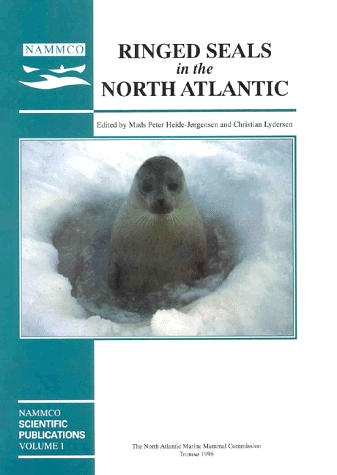The numbers of ringed seals (Phoca hispida) in Baffin Bay and associated waters
DOI:
https://doi.org/10.7557/3.2988Keywords:
ringed seals, Phoca hispida, predation, polar bear, Ursus maritimus, energeticsAbstract
The size of the population of ringed seals (Phoca hispida) inhabiting Baffin Bay and associated waters was estimated by two methods. An approximate model of the energetics of the polar bear (Ursus maritimus) estimated an energetic need of about 16,000 MJ/bear per year. Modelled estimates of the energetic yield of a ringed seal population showed that a stable standing population of 140-170 ringed seals per bear would be needed to provide that much energy, assuming that all mortalities were due to polar bear predation. This result was sensitive to assumptions about the Field Metabolic Rate (FMR) of the bears and the energetic yield of individual ringed seals, but less sensitive to assumptions about relative incidence of predation on different age classes of seal or the age structure of the polar bear population. Estimated sizes of polar bear populations in Baffin Bay and associated waters (total about 4,025), and of the standing population needed to support an estimated hunter kill of 100,000 yielded a population estimate of, very roughly, 1.2 million ringed seals. Estimates of ice areas and of the density of hauled out seals from aerial surveys were used to generate another approximate figure for the ringed seal population, which was about the same. The density of seals in the pack-ice area of Baffin Bay, which is imperfectly known, has a large influence on the latter estimate.Downloads
Published
1998-06-12
How to Cite
Kingsley, M. C. S. (1998). The numbers of ringed seals (<i>Phoca hispida</i>) in Baffin Bay and associated waters. NAMMCO Scientific Publications, 1, 181–196. https://doi.org/10.7557/3.2988
Issue
Section
Articles





